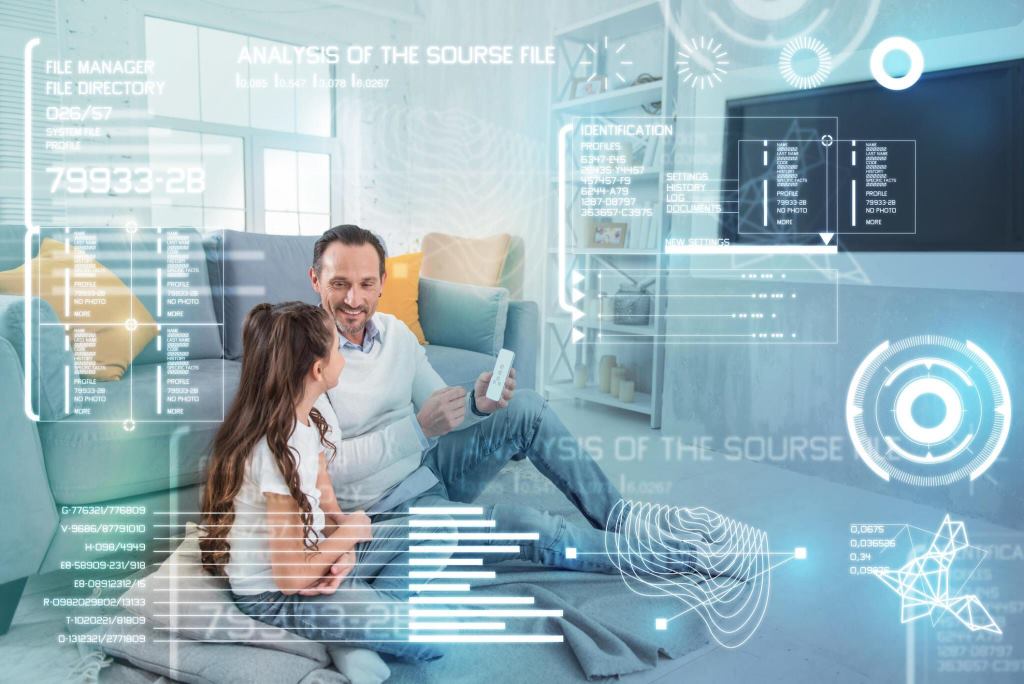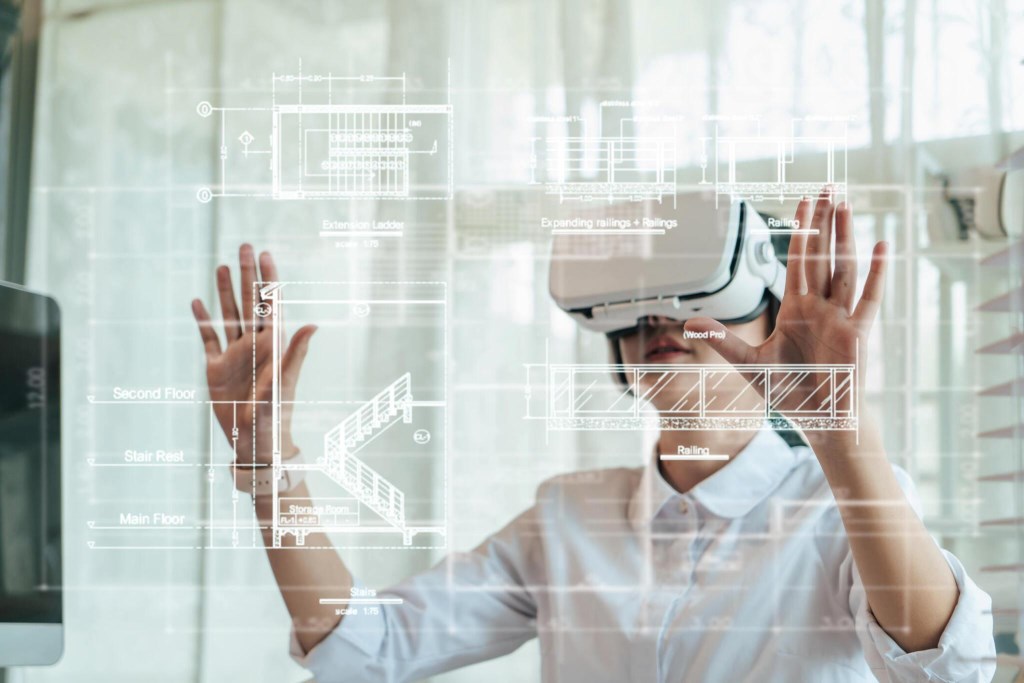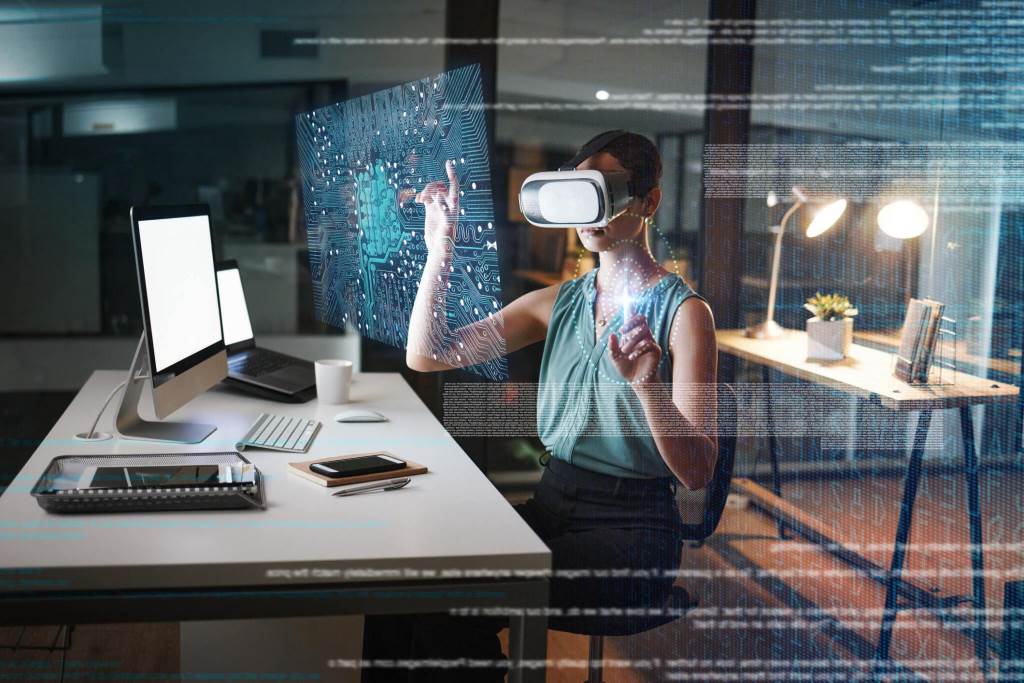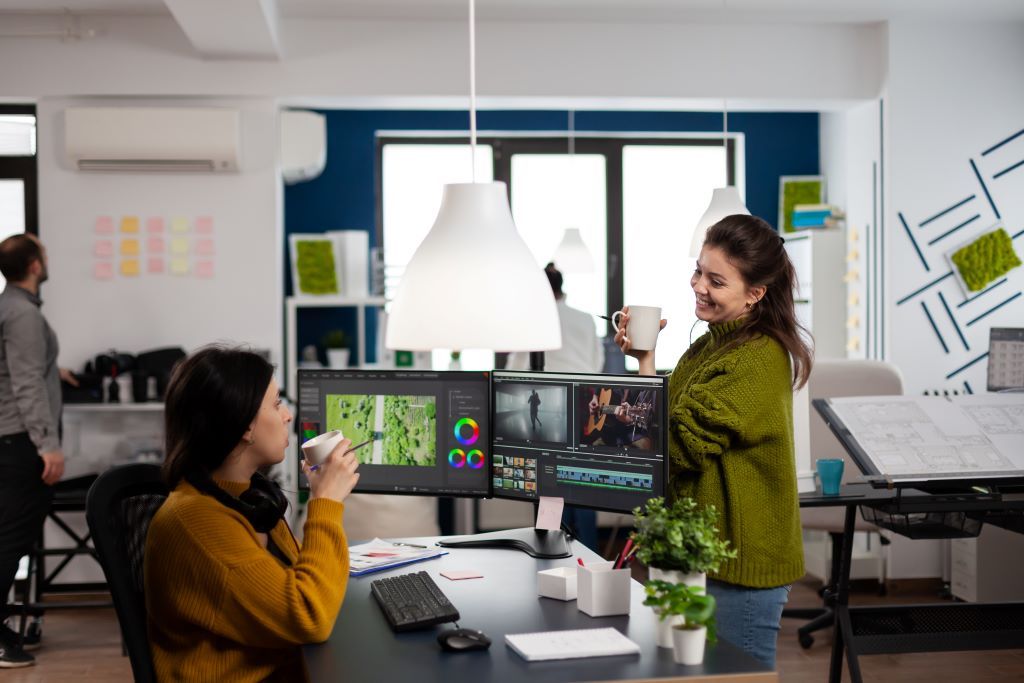In the rapidly evolving landscape of home decor, artificial intelligence (AI) is emerging as a revolutionary force, transforming the way we envision and design our living spaces. Virtual interior design powered by AI is breaking traditional barriers, offering innovative solutions and personalized experiences.
This article explores the profound impact of AI on home decor, delving into the applications, benefits, and future possibilities of AI-driven virtual interior design.
Understanding Virtual Interior Design
Virtual interior design refers to the use of digital technologies, including AI, to simulate and visualize home decor concepts before they are implemented in the physical space.
This transformative approach allows homeowners, designers, and decorators to experiment with different styles, layouts, and color schemes in a virtual environment, providing a realistic preview of the final result.
AI Applications in Virtual Interior Design
AI applications in custom home design services offer various benefits, revolutionizing the way spaces are planned, visualized, and decorated. Here are some key advantages:

1. Space Planning and Layout Optimization
AI plays a crucial role in optimizing the layout of a space. By analyzing the dimensions and architectural features of a room, AI algorithms can suggest optimal furniture placement, ensuring a harmonious and functional arrangement. This not only maximizes the use of available space but also enhances the overall flow and balance within a room.
2. Personalized Design Recommendations
One of the notable strengths of AI is its ability to analyze user preferences and provide personalized design recommendations. Virtual interior design platforms powered by AI can consider individual tastes, color preferences, and style choices, offering tailored suggestions for furniture, decor items, and color palettes that resonate with the user’s unique aesthetic.
3. Material and Color Selection
Selecting the right materials and colors is a crucial aspect of interior design. AI algorithms can analyze the existing elements in a room and propose complementary color schemes and material options. This not only saves time but also ensures that the chosen materials and colors create a cohesive and visually appealing atmosphere.
4. Augmented Reality (AR) Integration
AI-driven virtual interior design often integrates seamlessly with augmented reality technologies. This allows users to visualize proposed designs in their actual living spaces through AR applications. By superimposing virtual elements onto the real environment, users can assess how different design choices will look in their homes, enhancing the decision-making process.
Benefits of AI in Virtual Interior Design
AI (Artificial Intelligence) offers numerous benefits in the field of virtual interior design, enhancing the overall design process and user experience. Here are some key benefits:

1. Time and Cost Efficiency
Traditional interior design processes often involve multiple iterations, numerous consultations, and significant time investments. AI streamlines this process by quickly generating and evaluating design options. This not only saves time but also reduces the overall cost associated with the design phase.
2. Access to a Vast Design Database
AI can analyze and process vast amounts of design data. Virtual interior design platforms utilizing AI can offer users access to a diverse database of design inspirations, furniture styles, and decor ideas. This expansive resource enables users to explore a wide range of possibilities and stay updated with the latest trends.
3. Enhanced Collaboration Between Designers and Clients
AI-powered virtual interior design facilitates seamless collaboration between designers and clients. Design concepts can be easily shared and discussed in a virtual environment, allowing for real-time feedback and adjustments. This collaborative approach ensures that the final design aligns closely with the client’s vision.
4. Reduced Environmental Impact
By allowing users to experiment with design concepts in a virtual space, AI contributes to a reduction in waste associated with physical prototypes and trial-and-error processes. This environmentally conscious approach aligns with the growing emphasis on sustainable and eco-friendly practices in various industries, including interior design.
Challenges and Considerations
As we navigate the future, several challenges and considerations emerge, influencing the way societies, businesses, and individuals adapt to ongoing developments. Here are some key challenges and considerations:
1. Personalization vs. Privacy Concerns
While AI excels in providing personalized design recommendations, it raises privacy concerns. Users may be wary of sharing personal preferences and details, fearing data breaches or misuse. Striking a balance between personalization and user privacy is crucial for the widespread acceptance of AI-driven virtual interior design.
2. Dependence on Technology
As virtual interior design becomes increasingly reliant on AI and technology, there is a risk of reduced reliance on human creativity and intuition. It is essential to view AI as a tool that augments human capabilities rather than a replacement for the artistic and innovative aspects of traditional interior design.

Future Trends and Possibilities
The future is rife with possibilities and trends that will shape various aspects of our lives. One prominent trend is the continued advancement of technology, particularly in the realms of artificial intelligence, robotics, and automation.
1. AI-Generated Custom Furniture Designs
The integration of AI in virtual interior design could lead to the creation of custom furniture designs tailored to individual preferences and spatial requirements. AI algorithms can analyze user input and spatial constraints to generate unique furniture designs that seamlessly fit into a specific room.
2. Real-Time Design Evolution
The future of AI-driven virtual interior design may involve real-time design evolution. AI algorithms could adapt and refine design suggestions based on user feedback and changing preferences, creating a dynamic and iterative design process.
3. Advancements in Virtual Reality (VR) Experiences
As VR technologies continue to evolve, the virtual interior design experience is likely to become more immersive and interactive. Users may navigate through virtual replicas of their homes, experiencing the proposed designs in a three-dimensional, lifelike environment.
Conclusion
In conclusion, the fusion of AI and virtual interior design represents a paradigm shift in the way we approach and experience home decor. It empowers individuals to make informed design decisions, promotes sustainability, and opens up new avenues for creativity.
As we embrace this transformative era, the synergy between human intuition and AI capabilities is poised to redefine the very essence of timeless and personalized living spaces.



